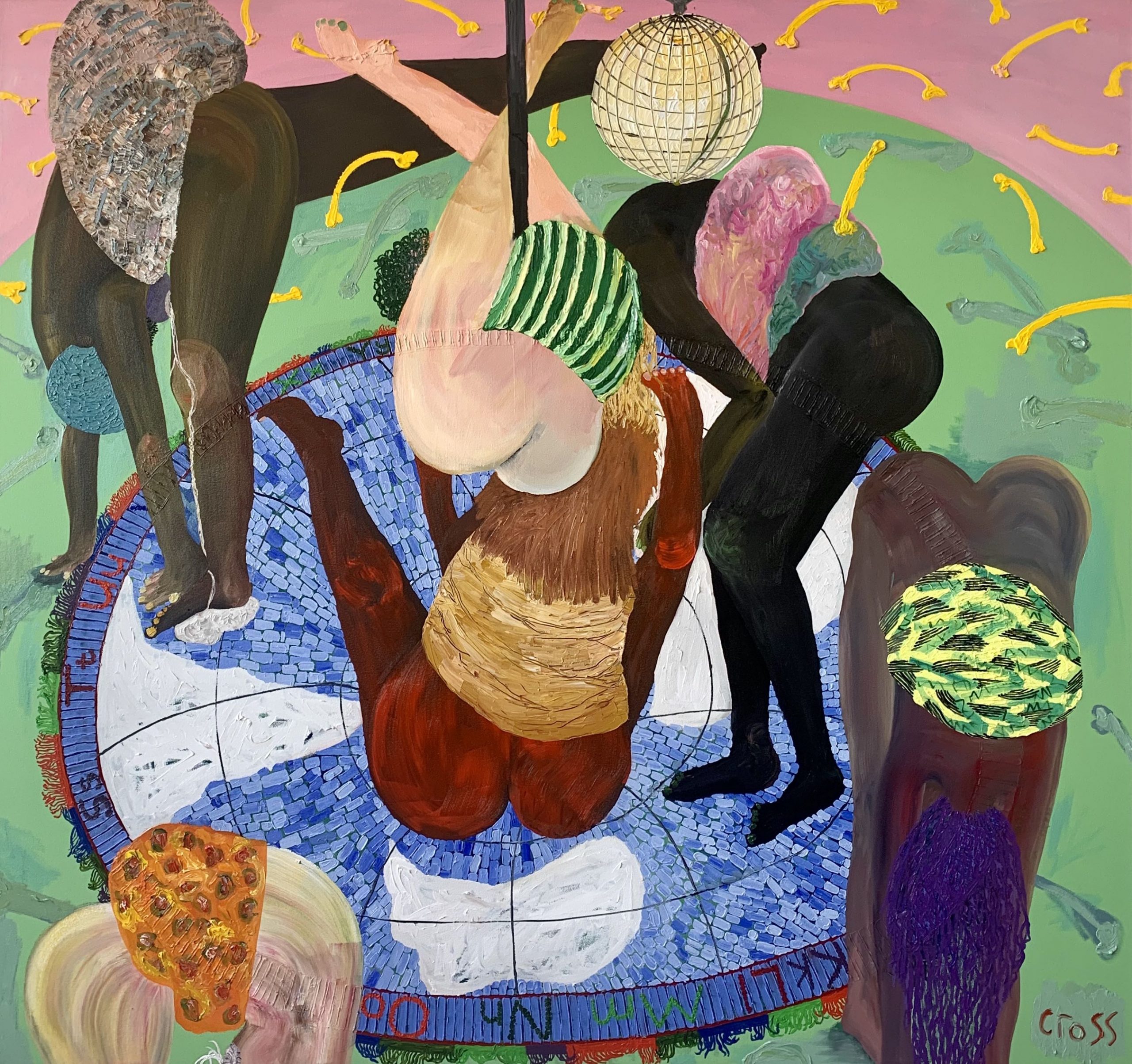The Investec Cape Town Art Fair (ICTAF) has come and gone. Taking place over one weekend (14th till 16th Feb) and boasting over 21 000 visitors, it is a critical moment in the South African art calendar. Art fairs, like many markets across the world, are confronted with a crisis—too many fairs across too many cities and a collector base that isn’t necessarily growing. This crisis makes it more salient for fairs to attempt to differentiate themselves. The ICTAF is centred around a programme that includes exhibitions, talks, walkabouts, a gallery night where fairgoers have the opportunity to visit local galleries as well as (for the first time this year) a film programme; ART.DOC which primarily showcased documentaries of various artistic practices and explorations. This combination of events and happenings goes a long way in bringing interest and value to the fair.
Given the multitude of artworks and encounters throughout the weekend, it is possible to be overstimulated and overwhelmed. The tenets of Buddhism incorporate a principle called Tathātā. Often translated in English as “suchness”, it is a concept that encapsulates savouring what is. Suchness is about going deeper and enjoying the essential elements of a thing, whatever the thing may be. Viewed as a market place, the fair prioritises quantity of artists, artworks, encounters etc — all of this over quality, making it difficult for art lovers to enjoy good art as opposed to much art.

Grace Cross, A conference of Atlas’s; 2020.
In the spirit of suchness, I will focus on three artists whose work I found particularly moving and interesting. The first is Grace Cross’ painting from her series Atlas is a woman, which she speaks about as follows:
“The latest series I have been working on, called Atlas is a woman, investigates the integral role women play within the cultural fabric of South African life. Taking inspiration from the Greek mythos of Atlas, a titan who was condemned to hold up the celestial heavens for eternity on his shoulders, my painted female figures are similarly burdened. The bend over women, carrying their loads of children, world globes and other symbolic artefacts on their backs. [These] are symbols of endurance and strength in spite of the psychic and physical things they shoulder. Women, and mothers in particular, pass down heritage, culture and emotional wisdom through their daily acts of care. Their fragility and softness, which motherhood creates, is countered by their visible strength and profane feminism. The fleshy, unadorned women are empowered through their nakedness; because so much of women’s work has a physical toll whether from the labour of motherhood or in the desire industry. These breasts are working breasts. Their acts of care through carrying, literally and metaphorically; hold the world up. In the wake of the mass outrage against gender-based-violence in South Africa, this series is a call to arms to witness and protect women.”

François-Xavier Gbré, Eko Atlantic #1, Lagos, Nigeria; 2014.
The second highlight is Ivorian-French photographer Francois Xavier Gbré whose investigations of the landscape of Côte d’Ivoire are rendered in a collection of small scale framed photographic prints accompanied by large scale prints and wallpaper. Gbré installation was a quiet, yet potent moment that questions history through imagery that seems to approach abstraction. Gbré often describes his practice as engaging with time and geography by summoning the language of architecture as a witness of memory and social change.
The final highlight is Mawande Ka Zenzile’s solo booth which included paintings as presented against a backdrop of a green wall with stacks of hay around the booth; almost as a rejection of the often sterile walls of the gallery. Ka Zenzile’s inquiry into institutional critique is captured beautifully by Nomusa Makhubu, in a text accompanying his presentation.
She asks: If Ka Zenzile’s work is a form of rebellion, the question arises: how does one fight an institution that one is already subsumed by? What does it mean to practice in the very spaces one questions and is suspicious of?
She elaborates: Ka Zenzile’s approach reverberates Audre Lorde’s well-known assertion that ‘the master’s tools will never dismantle the master’s house’ (1984). But perhaps for Ka Zenzile the master’s house can be turned inside out, where the fissures in the walls become clearly visible. Perhaps the insertion of one architectural language into another reciprocates the dislocation of European architecture in an African landscape by its inverse: the Xhosa architectural style in a gallery.

Mawande Ka Zenzile, ingethe; 2019.



















































